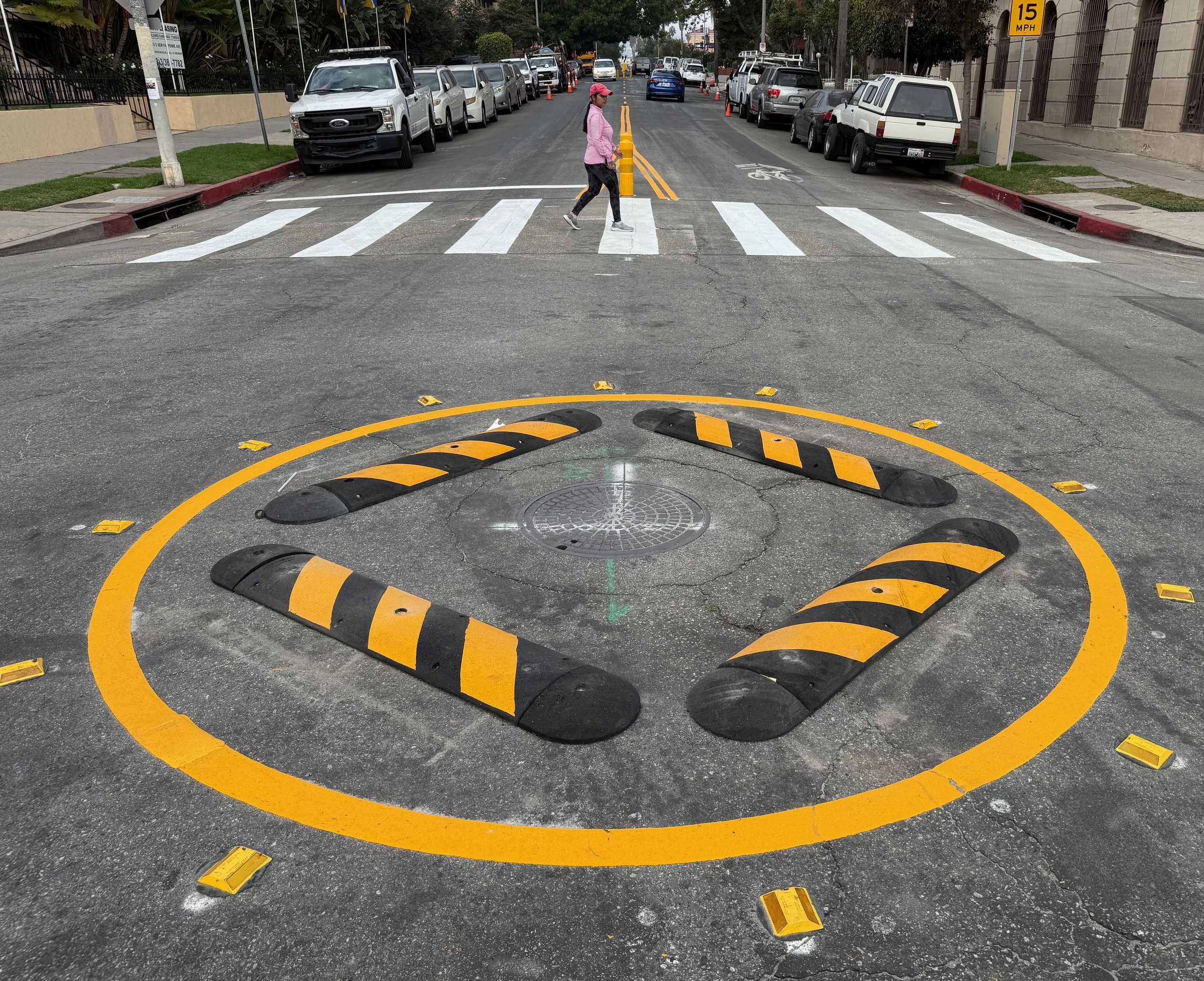Here's an interesting way to visualize how different regions are growing (or not). Using a tool developed by the University of Virginia Demographics Research Group, Michael Andersen at Bike Portland shares these charts showing where housing growth has happened relative to city centers. The dark brown lines show the number of occupied housing units at one-mile intervals from the urban core in 2012, and the orange lines show the distribution in 1990. The gap between the lines tells you where housing growth has happened, and there is huge variation between regions.
In Denver, for instance, you can see that housing growth was concentrated between eight and 20 miles from the city center:

In other places -- especially large, in-demand coastal cities like LA -- housing growth has barely changed (note that the y-axis is scaled differently in each chart):
And some rust belt metros, like Pittsburgh, have actually seen a decline in center city housing occupancy:
Andersen says Portland's pattern is unusual:
Notice how housing growth tapers and then stays very low at about 15 miles out? That's Portland's urban growth boundary. Andersen thinks it's helped the city's development patterns evolve in a healthy way, but going forward he wonders if the city center will keep up with the times:
The more you look at, the more Portland’s chart up at the top stands out. Our urban growth boundary (including the fuzzier but still functional one in Clark County, Washington) hasn’t stifled growth; it’s directed it, mostly to the inner suburbs.
But things have been changing. For the fourth year in a row, the Census Bureau reported Thursday, Multnomah County added more residents than any of its suburbs.
Over 20 years, the Portland area has mostly kept up with wave after wave of demand for suburban homes. Will its central city be able to do the same?
Elsewhere on the Network today: ATL Urbanist discusses the link between poverty and car dependency in the capital of the South. And after visiting a monument to Sam Walton in Oklahoma, Strong Towns' Chuck Marohn reflects on how future generations will view the Wal-Mart founder's impact on America's transportation system and build environment.








